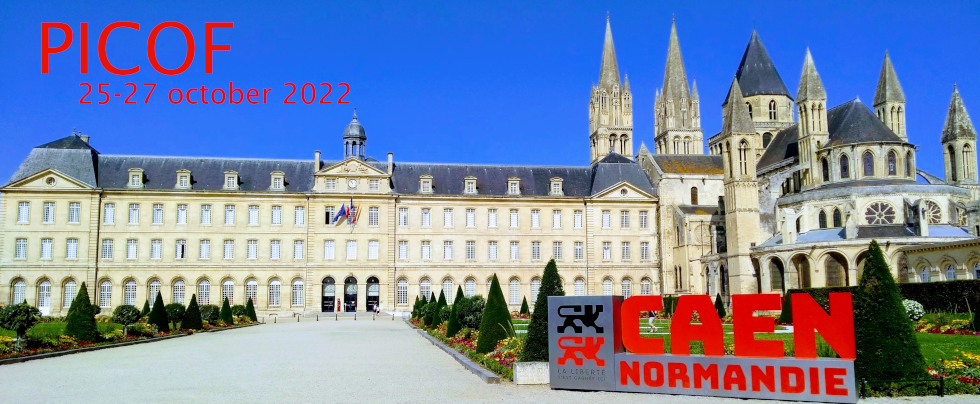- Accueil et dates importantes
- Conférences plénières
- Comités
- Mini-Symposia et Posters ▼
- Mini-symposium 1: Inversion methods for problems with singular parameters
- Mini-Symposium 2: Mathematical computation in electrocardiology
- Mini-Symposium 3: Inversion methods and Parameter Identification in Mechanics
- Mini-Symposium 4: Inverse problems and shape optimization
- Mini-Symposium 5: Inverse Problems in Elastography
- Posters
- Programme
- Sponsors
- Inscription
- Plan d'accès et hébergement

Mini-Symposia et Posters > Mini-Symposium 5: Inverse Problems in Elastography
Mini-Symposium 5: Inverse Problems in Elastography (Organizers : Otmar Scherzer (University of Vienna, RICAM) et Mejri Bochra (RICAM))
Bio-mechanical properties of soft tissues in-vivo or ex-vivo are indicative parameters for medical diagnostic, e.g. liver stiffness to detect cirrhosis and hepatitis, viscoelastic biomarker to differentiate benign from malignant breast or prostatic lesions, shear modulus to quantify normal and abnormal cerebral tissues. In the 1980s, Elastography was pioneered as a medical imaging modality to map elastic properties and stiffness of soft tissue.
Elastography methods are generally based on two steps:
1- Estimation of the mechanical response of a stressed tissue by medical imaging modalities, e.g.
UltraSound (US), Optical Coherence Elastography (OCE), Computed Tomography (CT).
2- Delineation of the mechanical properties of an internal tissue by mathematical solutions to an
inverse elasticity problem.
Elastography inverse analysis is concentrated on two main steps:
1- Partial or full displacement field reconstruction
2- Mechanical properties reconstruction
In this mini-symposium, we present some results concerning mechanical properties reconstruction and
elastic geometries identification.
List of speakers
1. Laurent Seppecher, École Centrale de Lyon
Reverse weak formulation for quasi-static medical elastography - inversion under the plane stress approximation and stability issues.
2. Andrea Aspri, University of Milan
Phase-field approaches in elastic inverse problems.
3. Ekaterina Sherina, University of Vienna
Quantitative Optical Coherence Elastography: A novel Intensity-based Inversion Method versus Strain-based Reconstructions.
4. Bochra Mejri, RICAM
A new multi-parameter inversion process for elastic diffraction tomography tomography.

